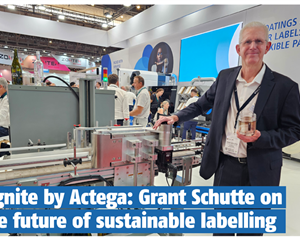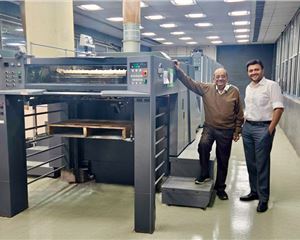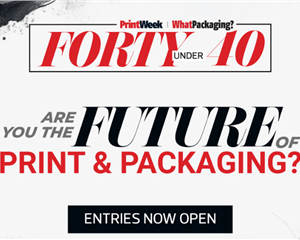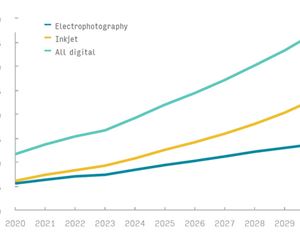The hidden cost of cheap binds: How fillers are ruining bookbinding
In the competitive world of print, the pursuit of lower costs often leads to unforeseen consequences. On the eve of the Bindwel open house in Bengaluru, book-binding expert Suresh Nair shared his thoughts on "The Hidden Cost of Cheap Binds: How Fillers Are Ruining Bookbinding". Nair said he hopes to light on a silent culprit undermining the durability and appearance of books: fillers in adhesives and paper.
23 Jul 2025 | By Dibyajyoti Sarma
Nair's tech-tips reveals that common fillers like calcium carbonate, while cheap and inert, significantly degrade the performance of EVA-based hot-melt adhesives. These fillers, often added to reduce cost and increase weight, provide zero bonding value. Worse, they actively reduce adhesive performance, weaken the book spine, and lead to increased glue consumption per book.
Nair said, "The density of fillers is almost 2.5 times higher than the other components in a hot melt adhesive. He added, "For the same volume applied on the book block, the weight of filled adhesive will be double in comparison."
Beyond compromising quality, fillers also wreak havoc on machinery. They accumulate in glue pots, insulate heaters, increase charring, clog pumps, and ultimately cause nozzle or roller failure. This leads to costly machine downtime and increased maintenance expenses, an expensive price to pay for seemingly cheap glue.
Nair pointed out that many Indian book printers unknowingly use adhesives with over 30% filler content. While the adhesives are priced low per kilogram, the actual glue usage per book increases, page pull strength drops, and rebind rates rise.
In contrast, global leaders like Henkel, Jowat, and Beardow Adams limit filler use to less than 10%. They achieve superior results through advanced polymers and stable resins, leading to less char, better page pulls, lower glue consumption, and fewer machine breakdowns.
The problem extends beyond adhesives. Nair stated many art cards used as book covers are overloaded with mineral coatings, especially when coated offline. These coatings often crack at the spine, flake off during folding, or detach during binding, resulting in shoddy-looking books and covers that fall off.
To counteract this, Nair suggests using mill-coated boards with strong internal bonds, always scoring covers over 170 gsm, and opting for lamination instead of extra mineral coating.
Nair concluded that while there are no enforced limits on filler content, the real-world consequences are significant. He urges the print community to evaluate materials based on "per book performance" rather than "per kg cost." The waste, rebinds, and lost customer trust resulting from inferior materials far outweigh any short-term savings.
"Let’s build better books – not cheaper failures," Nair signed off.
Suresh Nair is an industry expert with extensive knowledge in the field of bookbinding and printing materials. His insights aim to educate and empower printers to make informed decisions for higher quality and efficiency. Click here to see his short conversation with PrintWeek about book binding.












 See All
See All